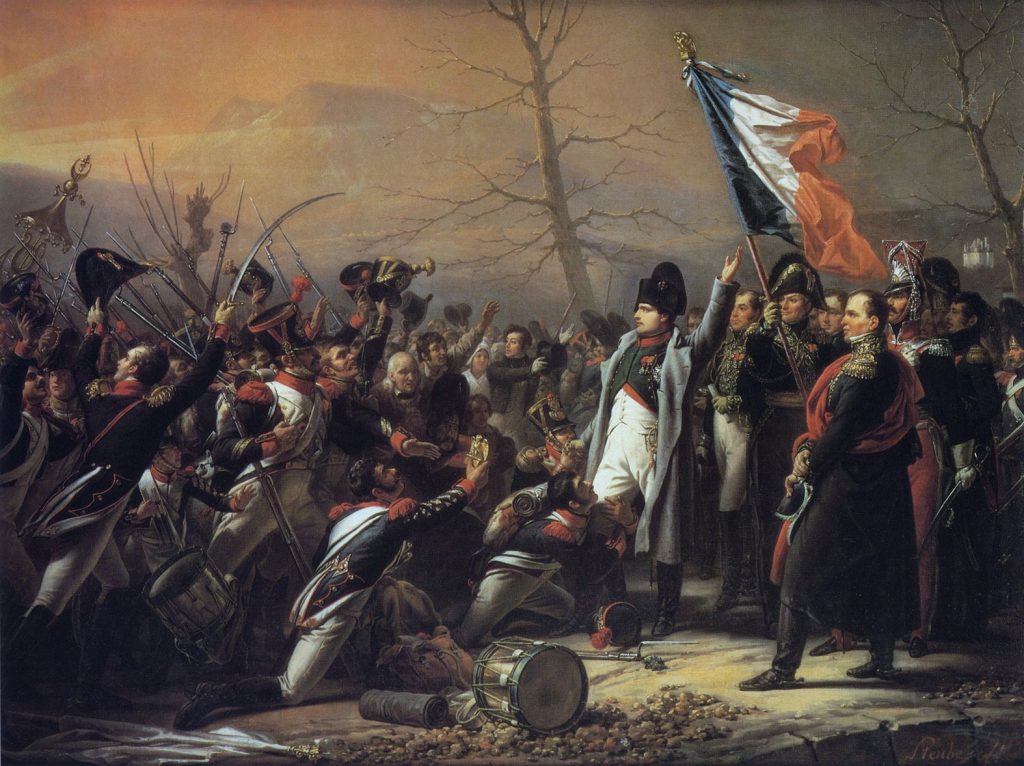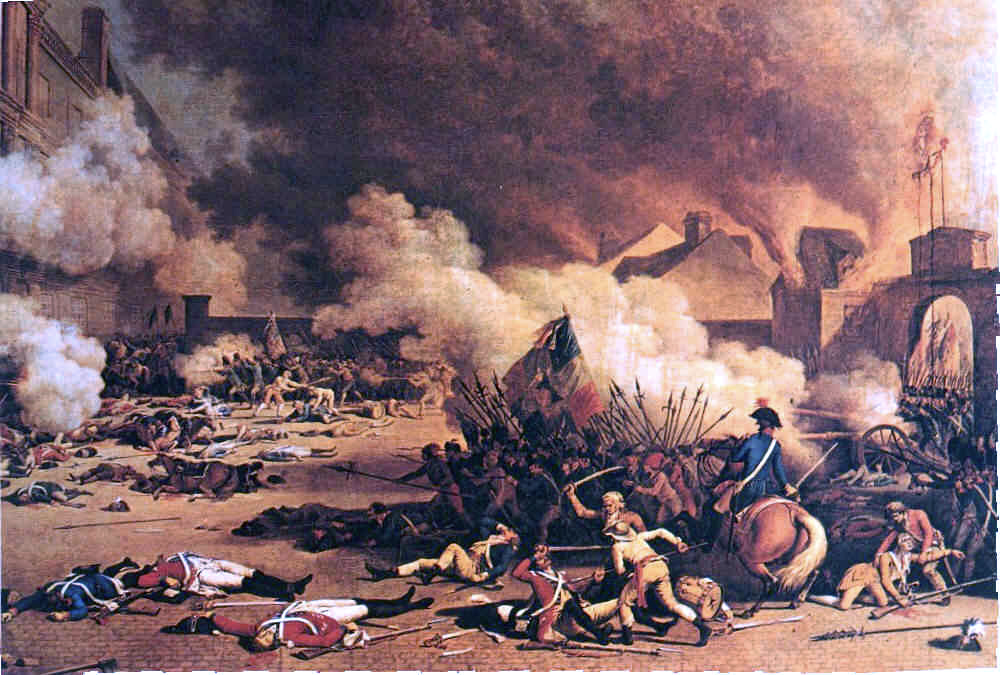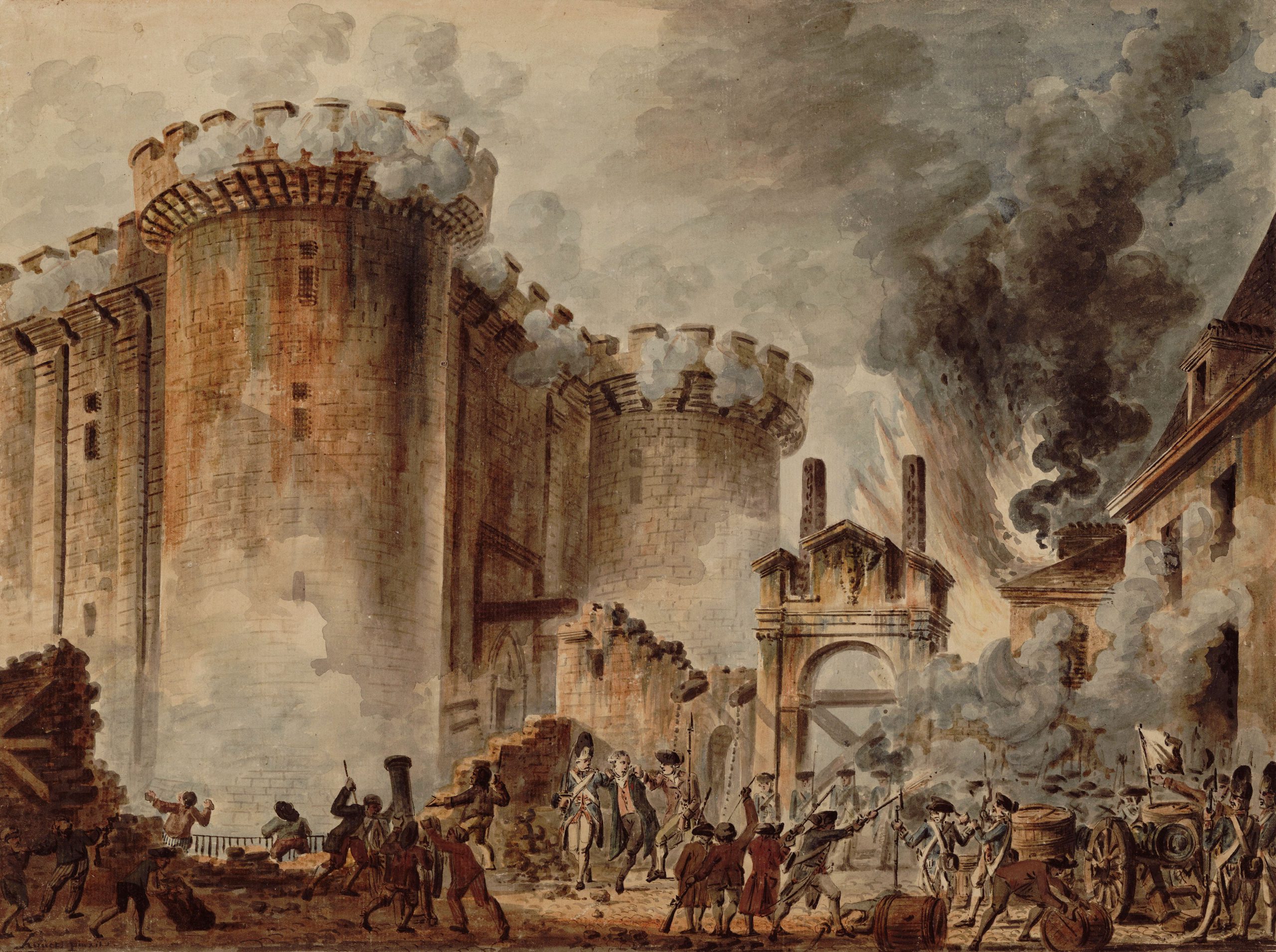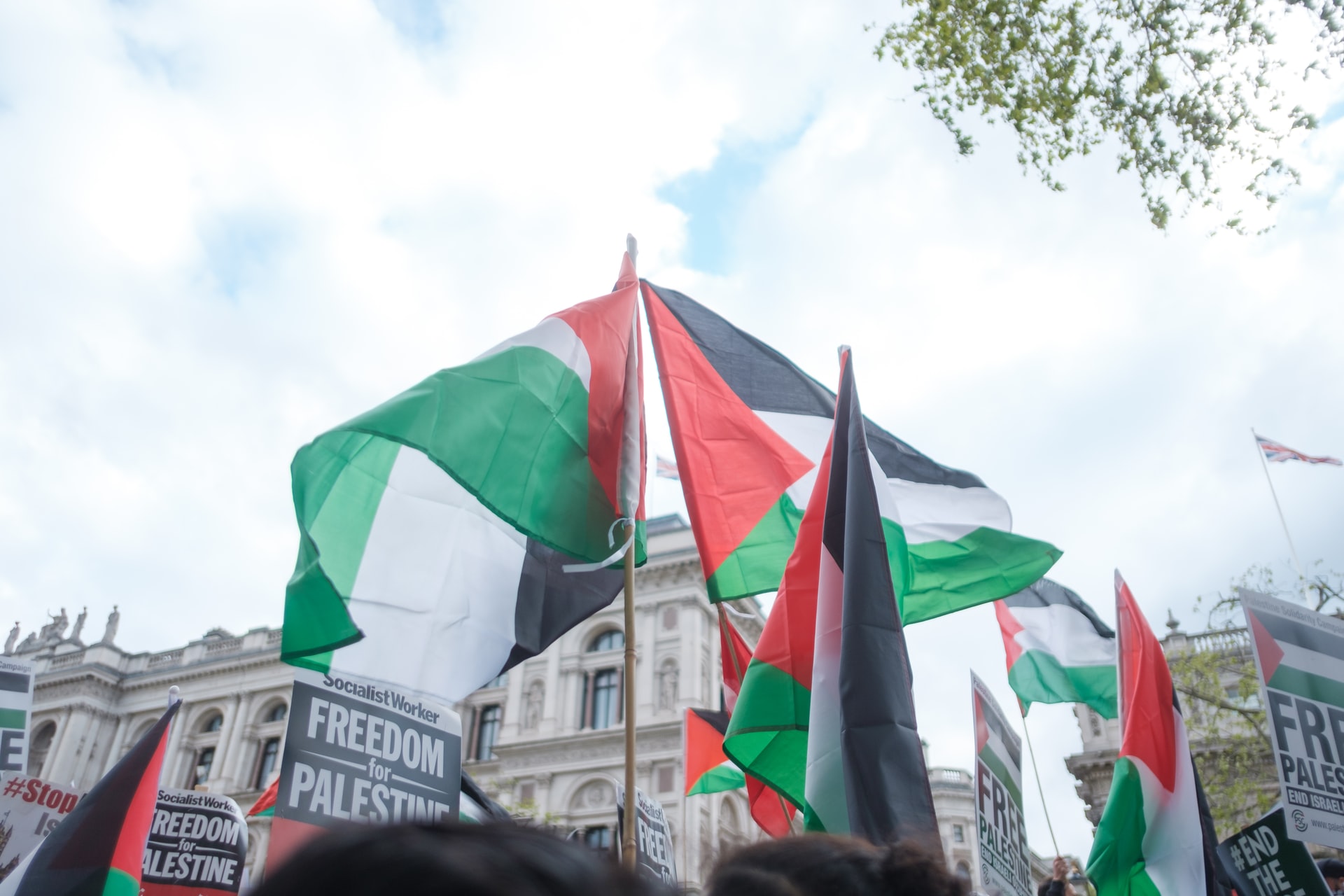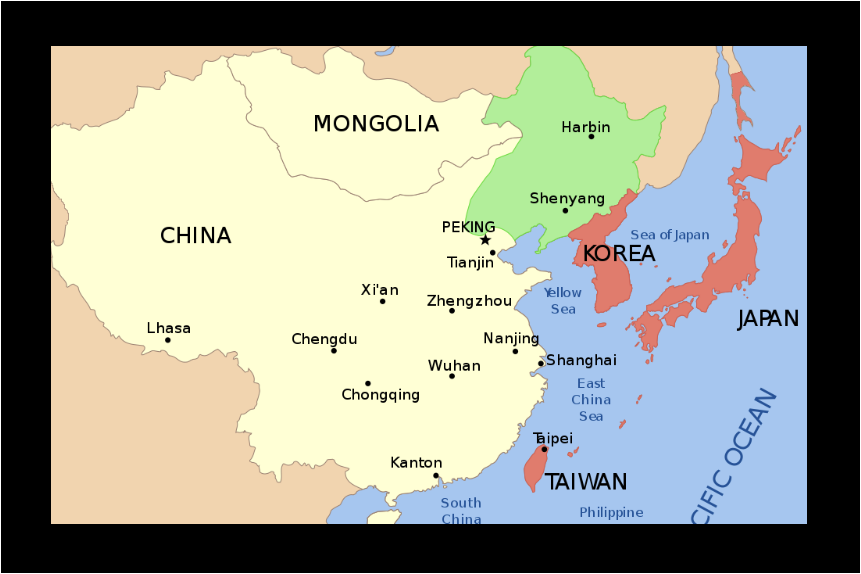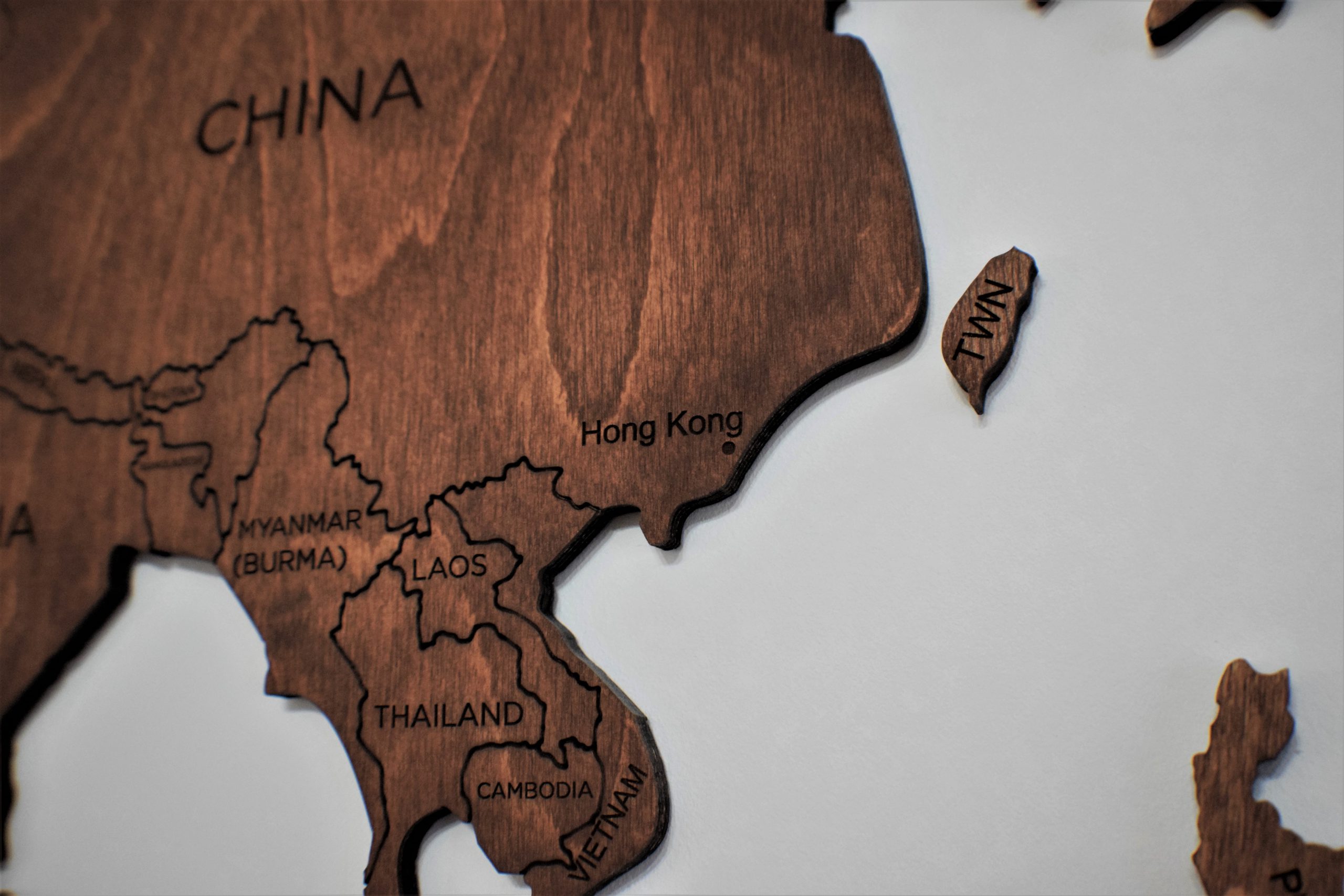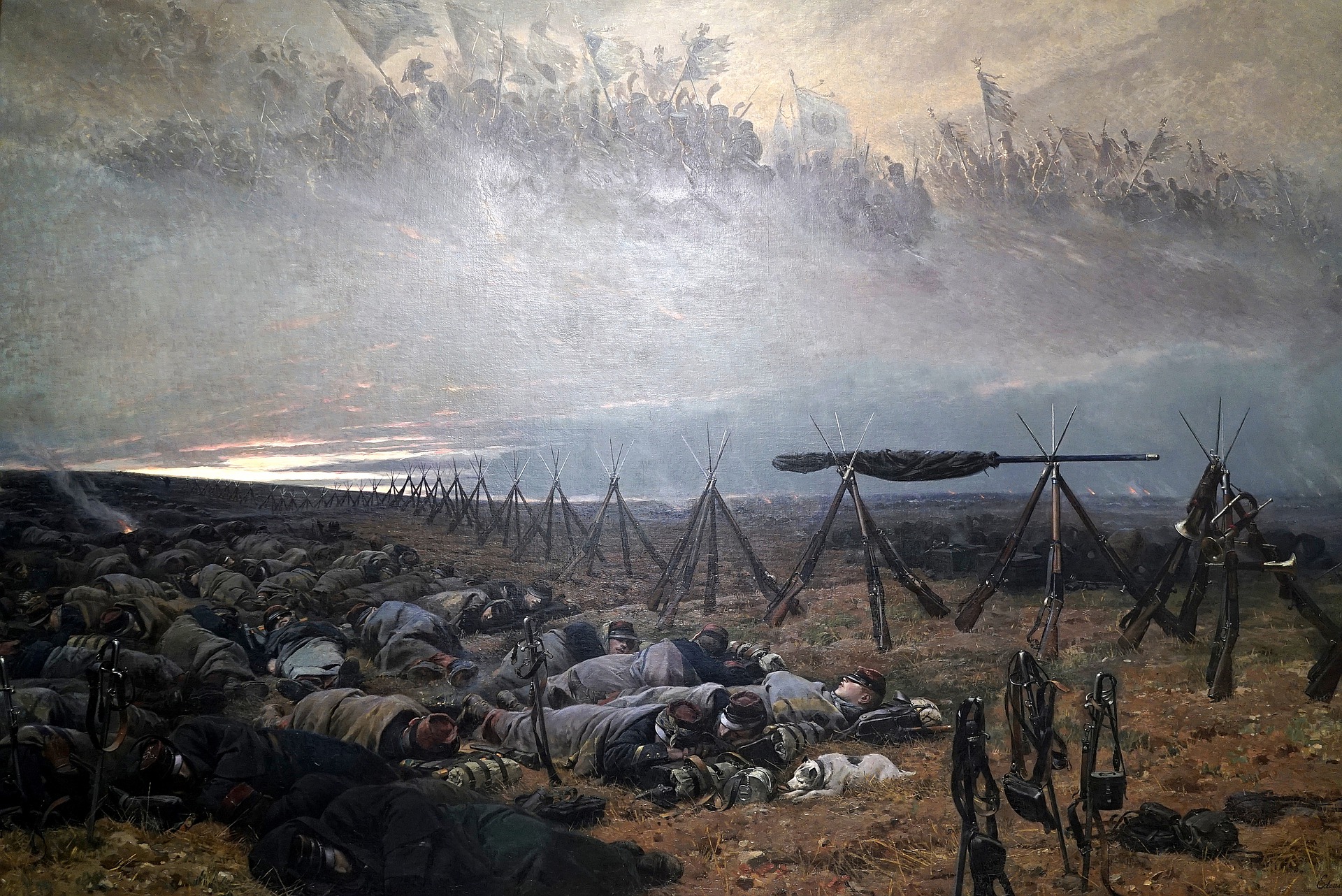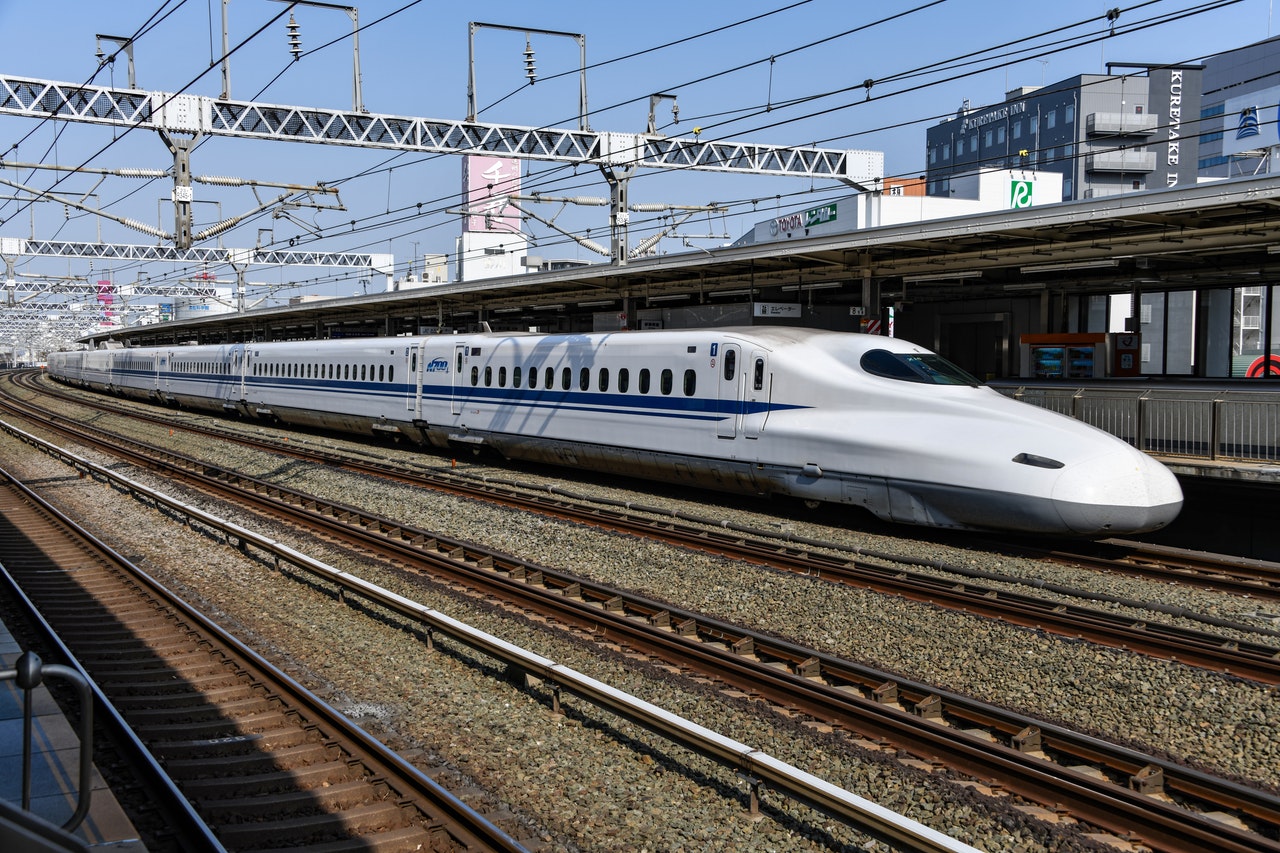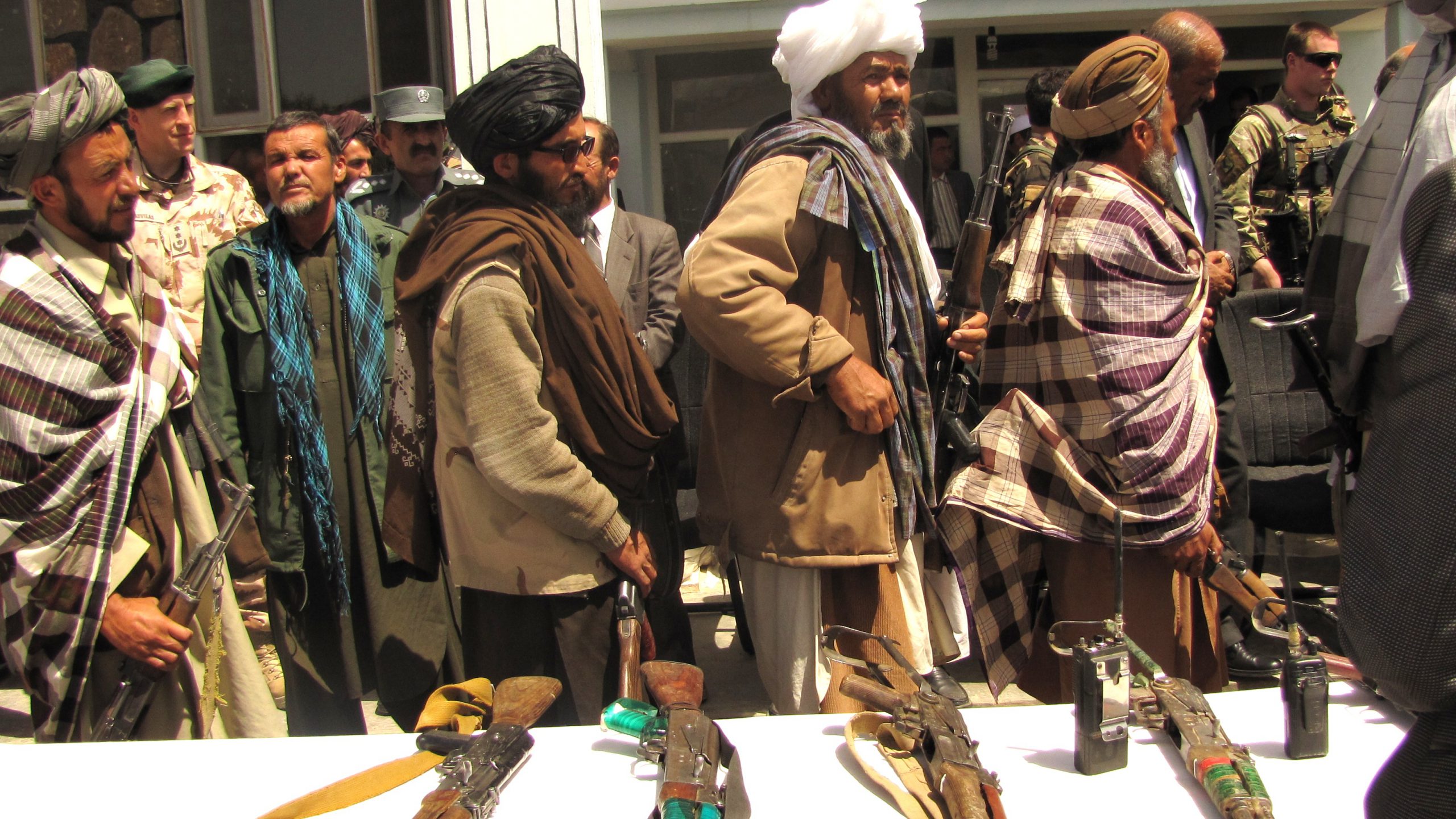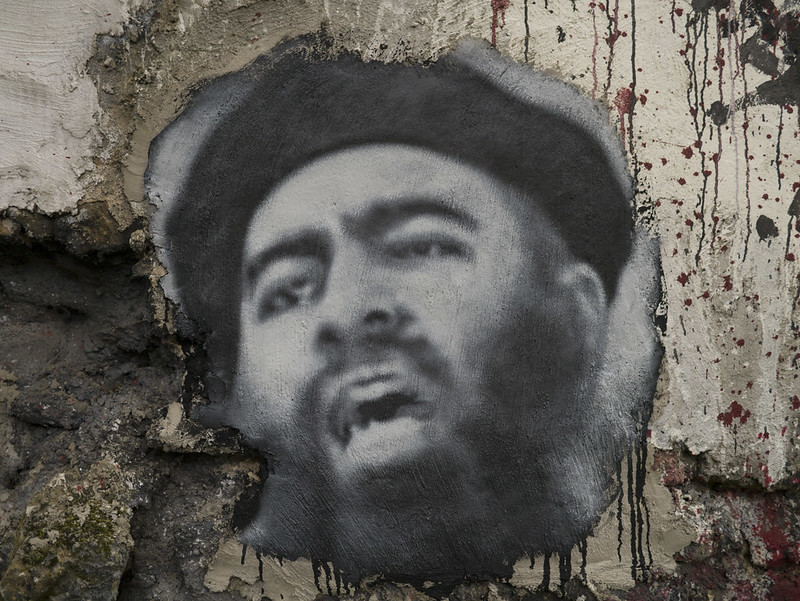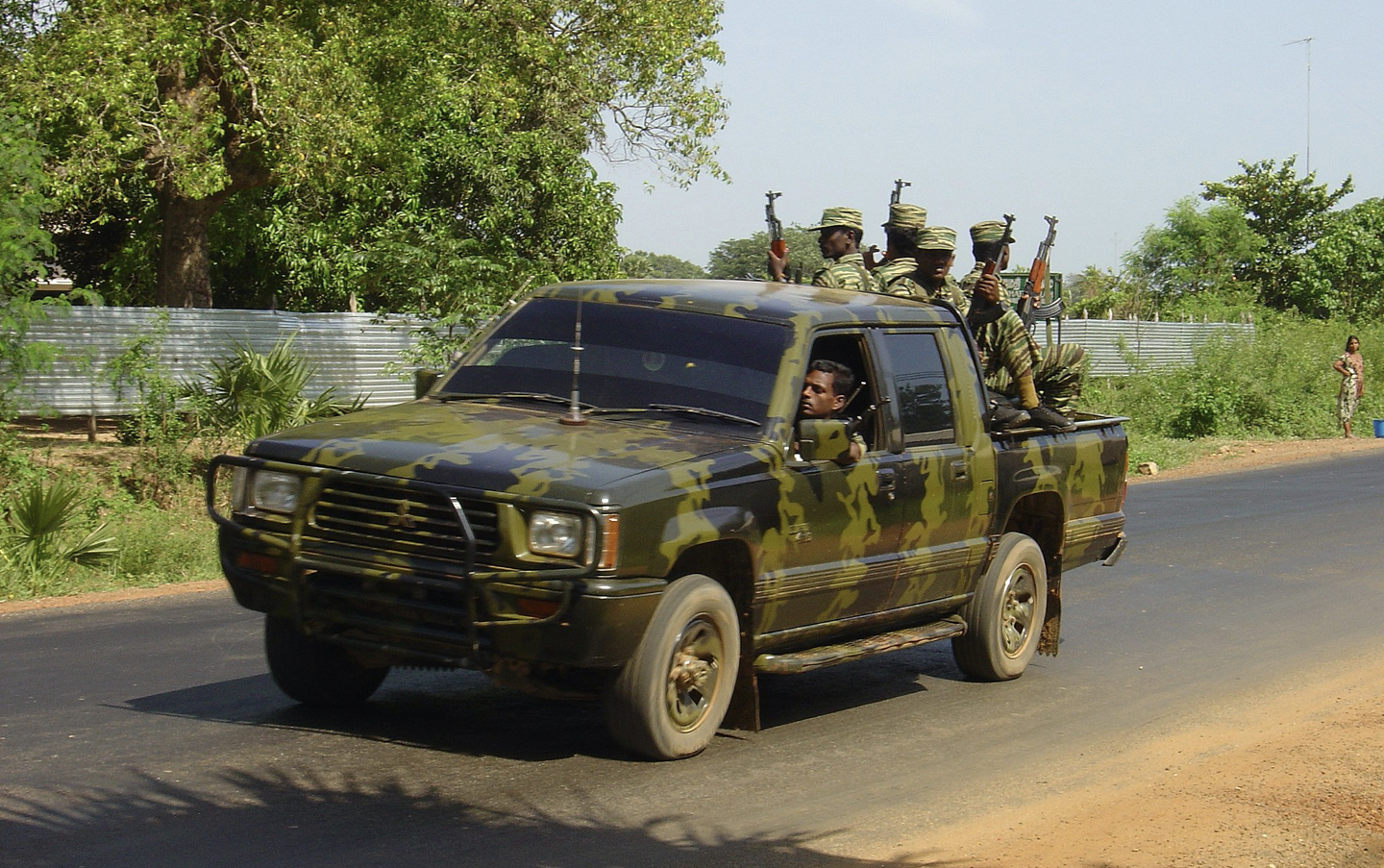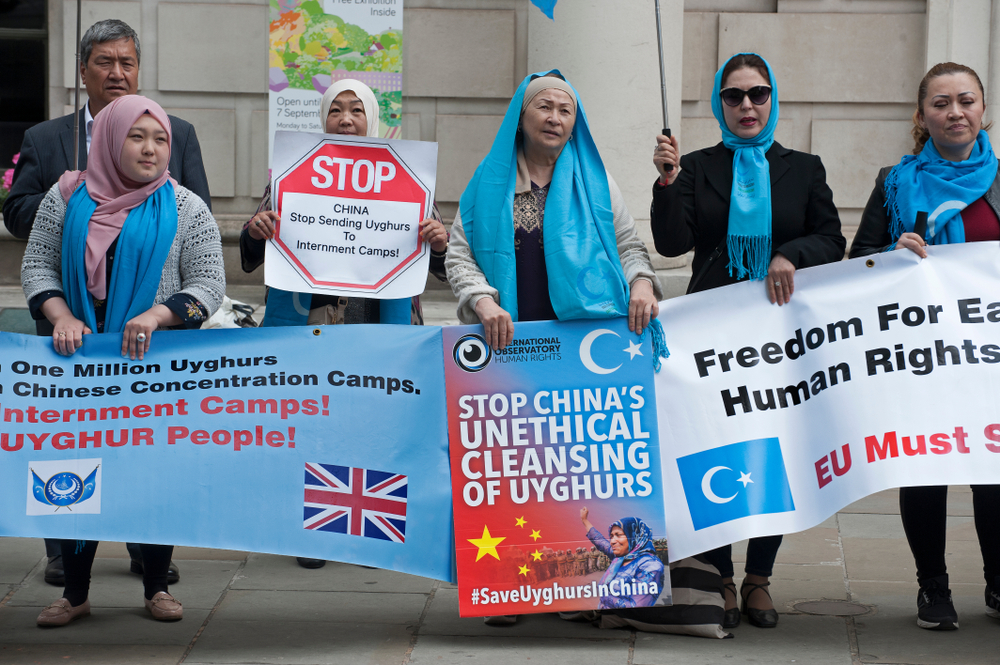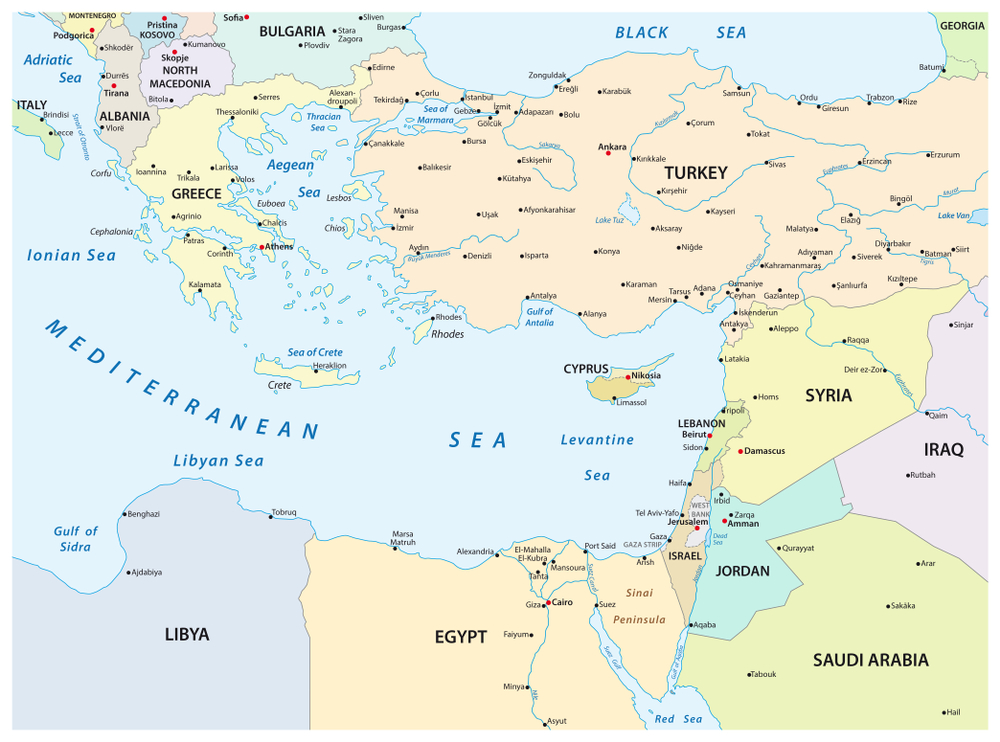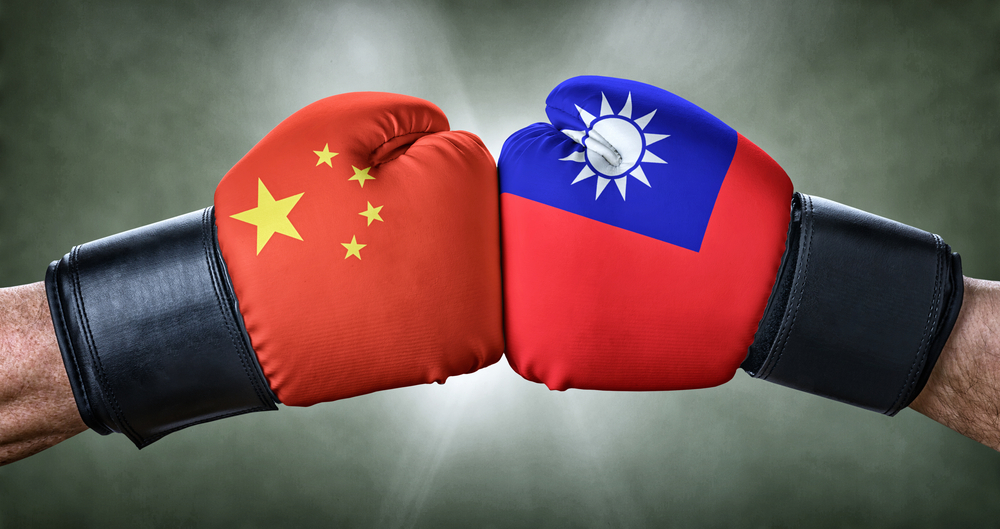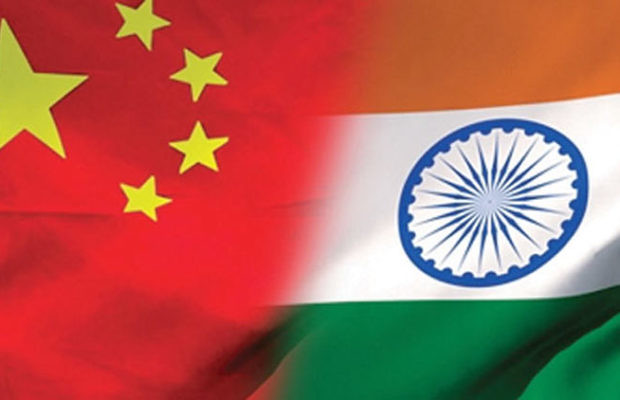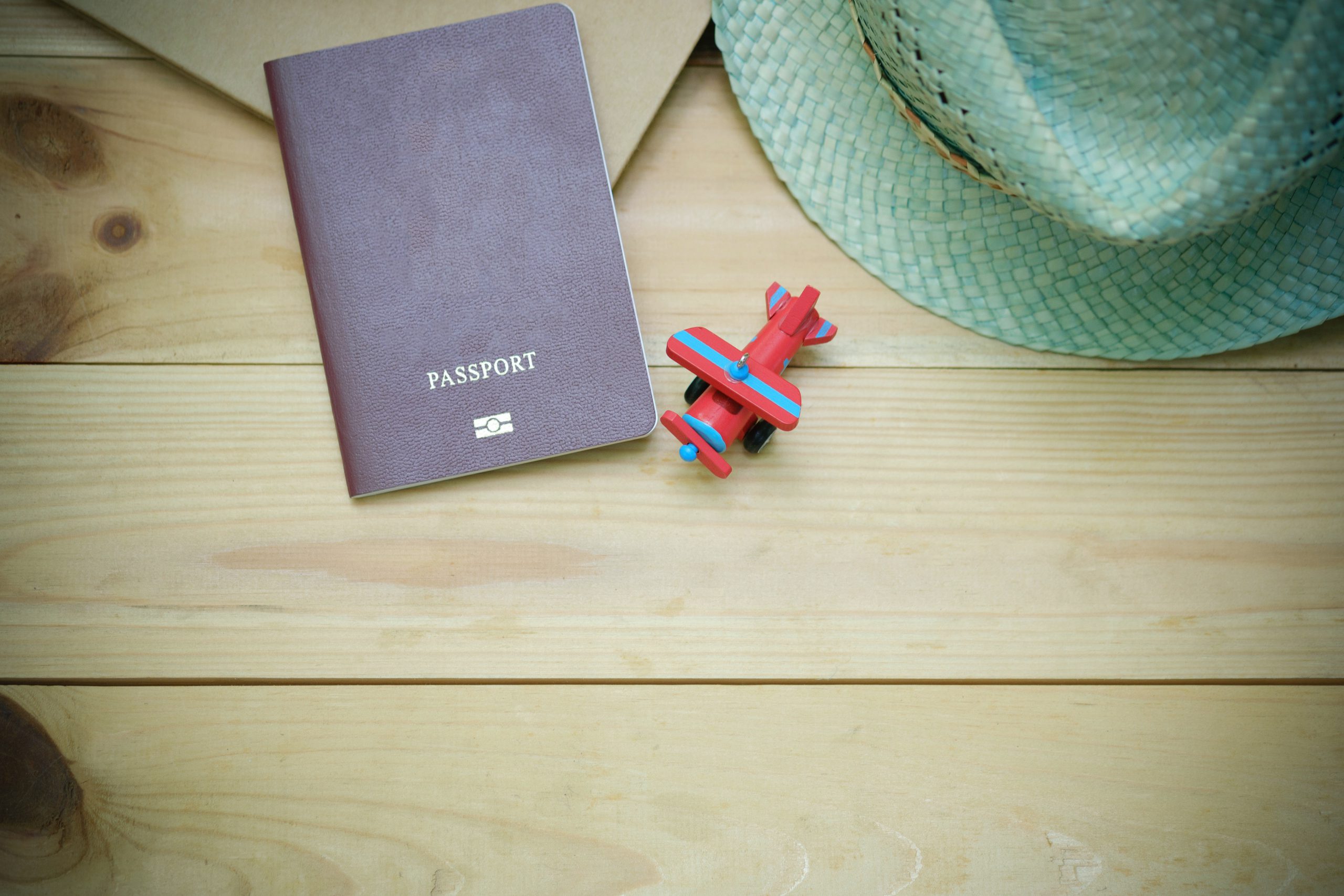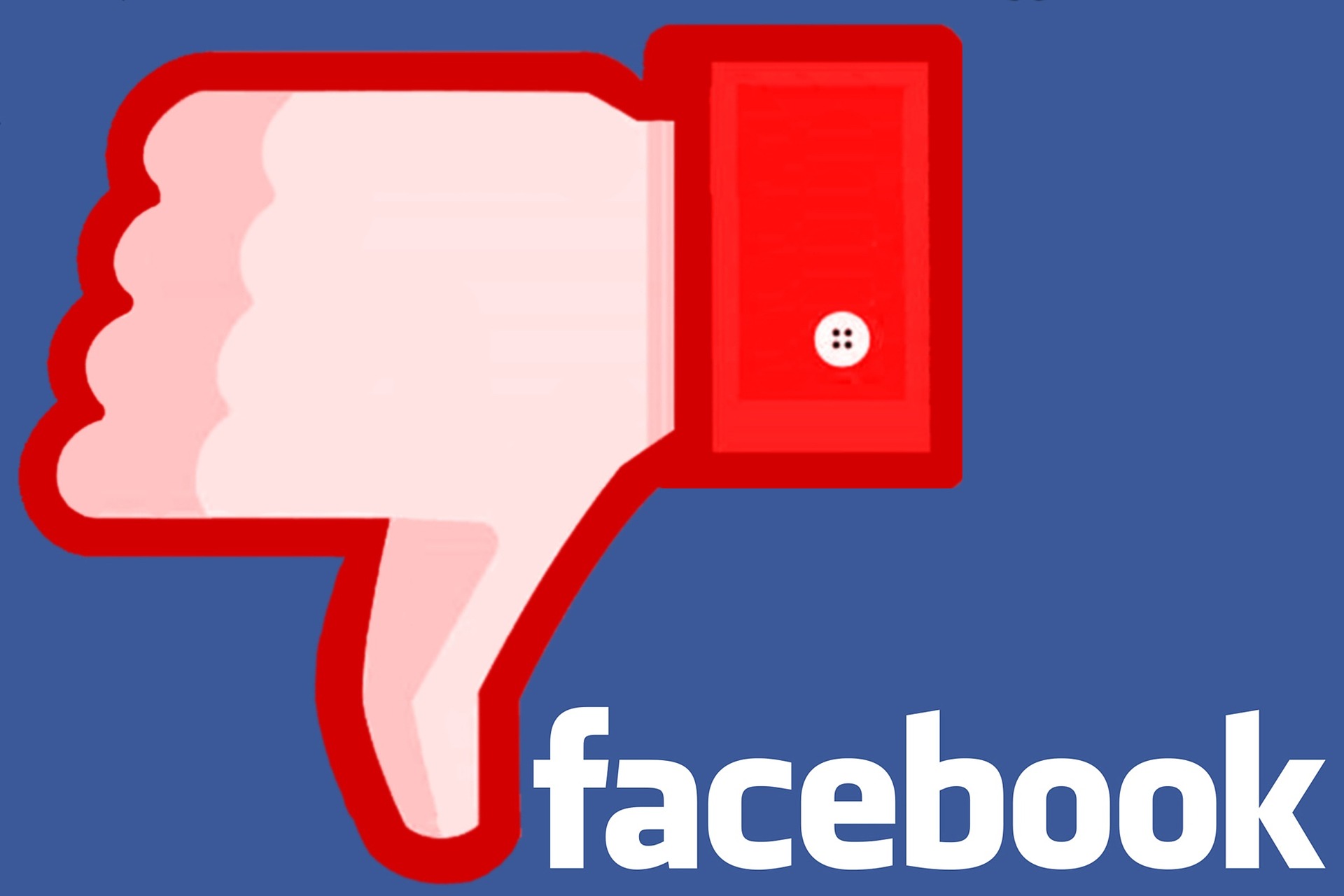Reading Time: 2 minutes
This is Part 3 of a 3-Part series. In Part 1 & Part 2, we covered why and how French Revolution happened.
- After France became a French Republic, aristocrats and clergy members were tried for treason and sent to jails in big numbers.
- In the meantime, French enemies (Austria & Prussia) were closing in on borders of France and the French troops were sent to the front lines.
- With forces on the border, the internal intelligence was weak and it was suspected that the aristocrats and others in jail were planning a revolution against the new established republic.
- The leaders feared that if enemies reached Paris, they would free aristocrats and clergymen and the king will be back in power; so the mob raided prisons and killed over 1600 aristocrats, clergymen and families.
- The leaders also decided to execute the king as his death would eliminate any possibility of him taking over, if the enemies won.
- On the border, French troops pushed back enemies but then other European countries also joined Austria and Prussia.
- France needed a big military and it was decided to make it mandatory for a certain number of men from all regions to join the military.
- People were unhappy as not all had wanted what was happening; the revolt had been a ‘Paris thing’ and this was unnecessary atrocity to them.
- Some of these regions, especially ones on the borders revolted against the republic; one region on the south border, Toulon (an important naval base), let British army in.
- French Republic sent a new captain Napoleon Bonaparte to take Toulon back; Napoleon succeeded and was promoted.
- The increasing infightings brought the differences between moderates and radicals back again but this time radicals took charge and moderates were sent to jail or executed.
- An environment of suspicion developed, everyone was seen as conspiring against the ‘radical’ republic and spies were everywhere.
- But this model of governance was not sustainable; after close to 100,000 executions (by chopping-off heads) of people who were ‘believed’ to be against the republic, the wave turned against the radicals and many radicals got executed.
- Moderates were back in power by 1795 and now that people were not scared of being executed, some of them started rioting, demanding power be restored in hands of a new king; Napoleon took control and shot dead many protestors.
- Napoleon was promoted yet again as General, who then led the wars on the border with many European countries and won most of them.
- He became a hero with French people but had bigger plans for him; since people were frustrated with the government, he staged a coup and took control of France as a dictator.
Image courtesy of Picture by Wikipedia
Reference shelf :

